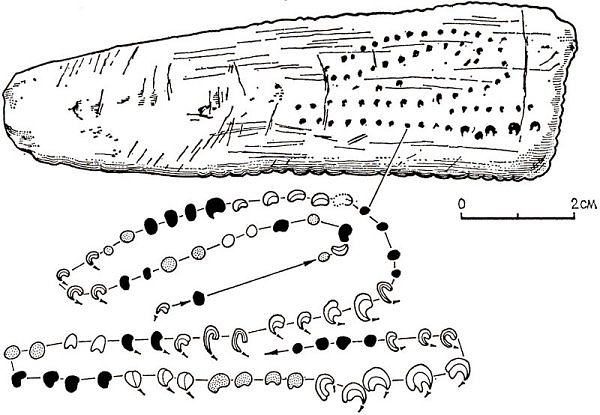
The first recorded change from lunar to solar calendars was made by the Egyptians. The rise of the Sirius above the horizon, just before dawn, indicated when the Nile would flood.1 The solar calendar of 365 days and 6 hours. "Instead of 32 years with the moon, it is 1460 years before Sirius rises again on the first day of the first month."1, 4
| Sirius |
Twelve lunar months make up 354 days. The a lunar calendar is eleven days shorter than a solar calendar year. The Muslim calendar rights itself every 32 years. The Babylonians, Roman Republic, and the Jewish calendars add(ed) a month to make up for the shortage. 1
"The lunar month on the Jewish calendar begins when the first sliver of moon becomes visible after the dark of the moon. In ancient times, the new months used to be determined by observation. When people observed the new moon, they would notify the Sanhedrin. When the Sanhedrin heard testimony from two independent, reliable eyewitnesses that the new moon occurred on a certain date, they would declare the rosh chodesh (first of the month) and send out messengers to tell people when the month began."5 Festivals and religious holidays always occur on the same Jewish calendar day, unlike the civil calendar.5
1 http://www.historyworld.net/wrldhis/PlainTextHistories.asp?historyid=ac06
2 https://sservi.nasa.gov/articles/oldest-lunar-calendars/
3 Aurignacian Lunar Calendar(image) from source 2
4 https://tse1.mm.bing.net/th?id=OIP.ZfCeNQdINfGJ7QpAYVppwgHaHI&w=92&h=105&c=8&rs=1&qlt=90&dpr=1.090909&pid=3.1&rm=2 (image of Sirius)
5 http://www.jewfaq.org/calendar.htm